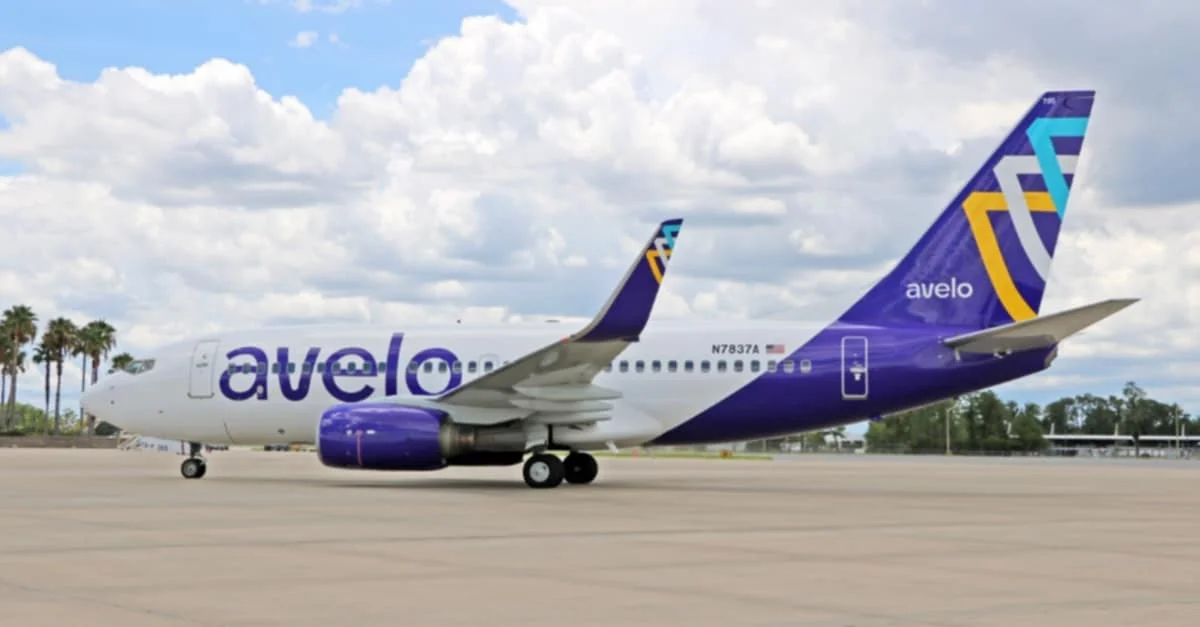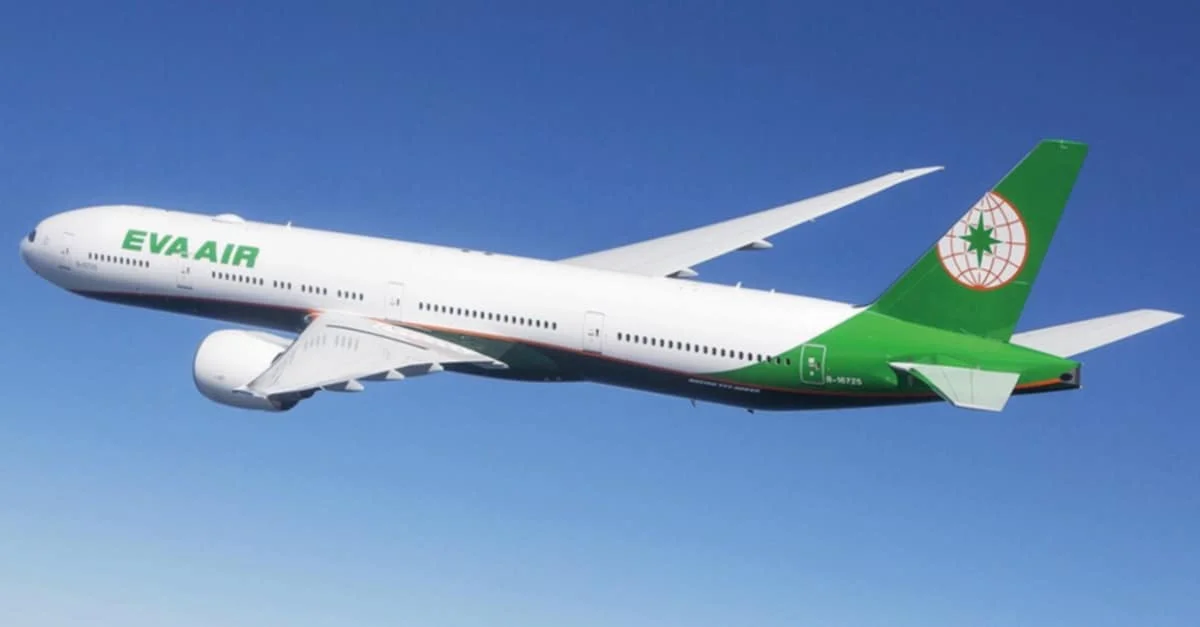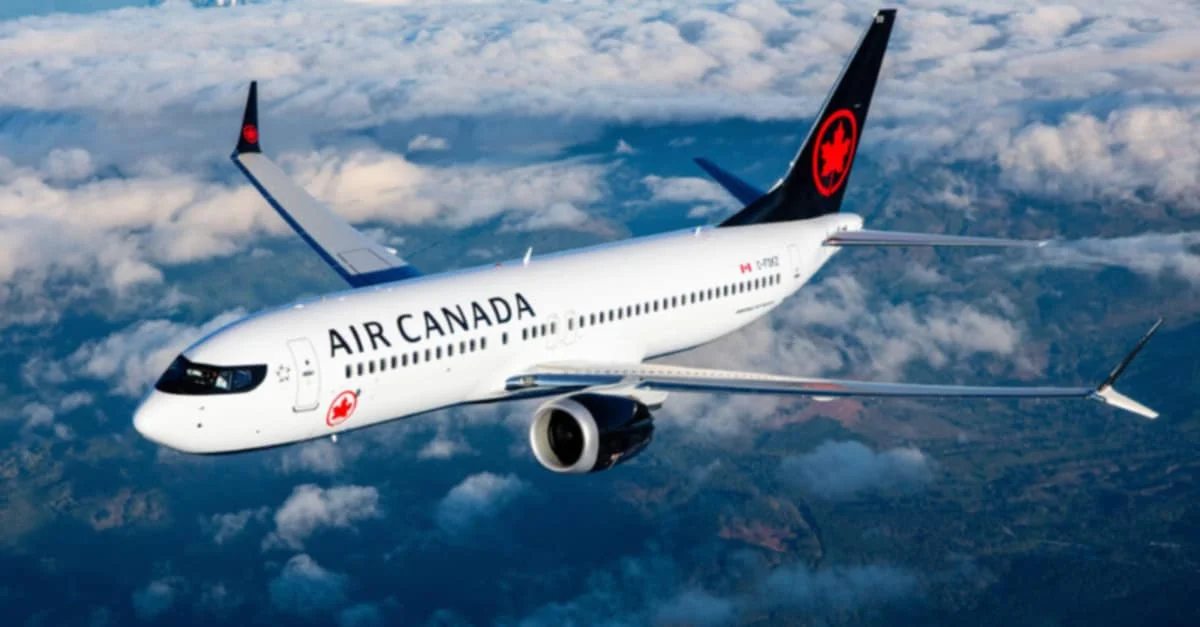Aircraft require assistance when maneuvering on the ground, often provided by small machines known as aircraft tugs. These tugs are capable of moving large and heavy aircraft such as the Airbus A380. The need for tugs arises from the limitations of aircraft engines in confined spaces and the potential risks associated with their use near airport terminals.
"Pilots will avoid having the aircraft's engines activated when close to an airport for a variety of reasons, but primarily for the safety of the people on the ground and of the aircraft itself." This is because activated engines can generate high-speed winds that may cause damage to nearby structures, vehicles, and personnel.
Tugs help overcome static friction, which prevents an aircraft from moving when at rest. "Static friction can be defined as 'the force that prevents relative motion between two contacting surfaces when they are at rest.'" Once this is overcome, kinetic friction takes over, making it easier for tugs to move the aircraft.
 Alerts Sign-up
Alerts Sign-up










